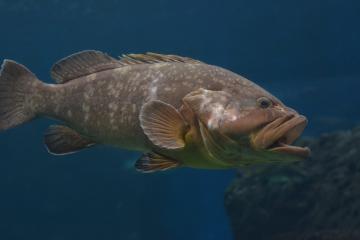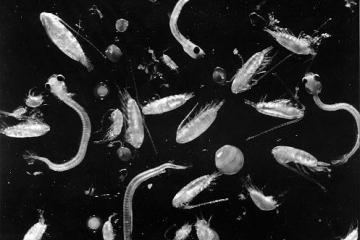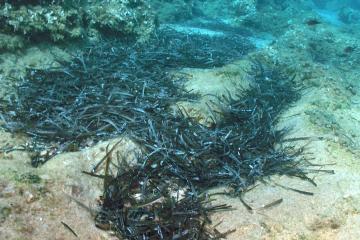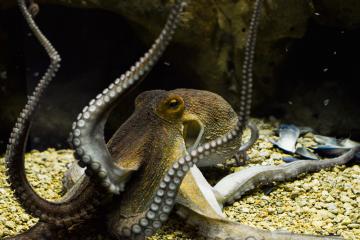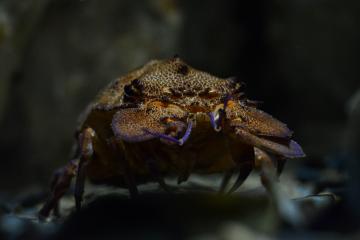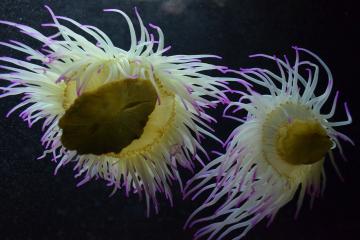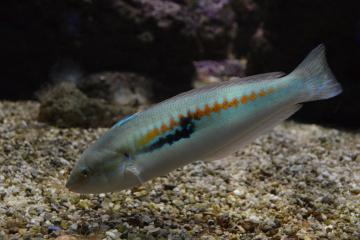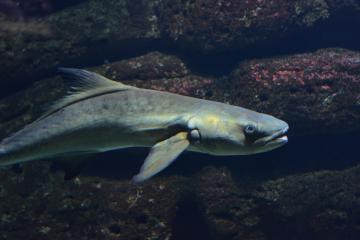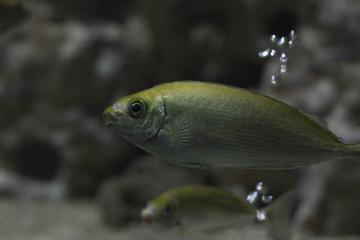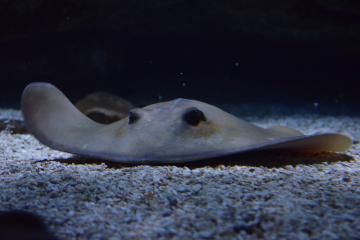
A short tour around CretAquarium
The magic of the sea floor and the diving experience into such a familiar yet unknown world -the sea world of the Mediterranean - cannot be described in just a few words.
This is the reason why we present some of the most interesting species to you during your tour at CretAquarium, as they are preserved in their particular ecosystems. A small virtual tour that follows the sequence of the section along the route path of the aquarium and that we hope it will inspire and alert you!
Playing with the light
The sun light, a vital source of energy even for the sea world, is not present everywhere and forever. In the sea are dark areas home to countless organisms.
The areas of great depths, the caves, the cracks and the protrusions of the rocks hide interesting and diverse and unique encounters, as well as rich and beautiful ones, like areas of plentiful light.
In the first section of your CretAquarium visit, low light conditions prevail and you will admire, among others, dusky groupers, red corals, crayfish, gorgonians, skates etc.



